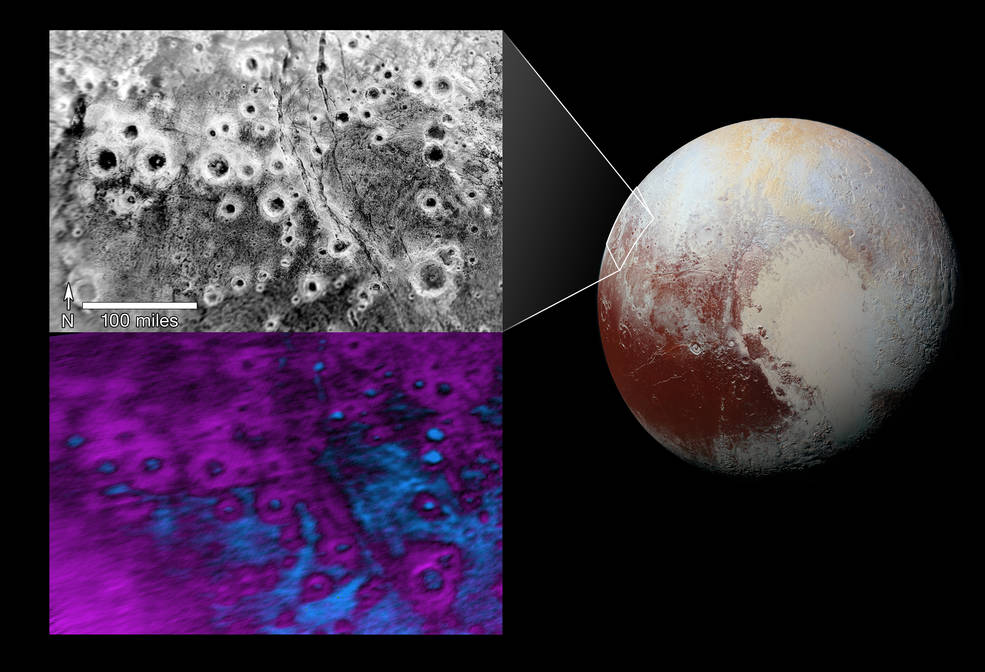-
Tips for becoming a good boxer - November 6, 2020
-
7 expert tips for making your hens night a memorable one - November 6, 2020
-
5 reasons to host your Christmas party on a cruise boat - November 6, 2020
-
What to do when you’re charged with a crime - November 6, 2020
-
Should you get one or multiple dogs? Here’s all you need to know - November 3, 2020
-
A Guide: How to Build Your Very Own Magic Mirror - February 14, 2019
-
Our Top Inspirational Baseball Stars - November 24, 2018
-
Five Tech Tools That Will Help You Turn Your Blog into a Business - November 24, 2018
-
How to Indulge on Vacation without Expanding Your Waist - November 9, 2018
-
5 Strategies for Businesses to Appeal to Today’s Increasingly Mobile-Crazed Customers - November 9, 2018
NASA’s New Horizon SpaceCraft Sent Photos of ‘Halo’ Craters on Pluto
The craters, ranging in size up to 50 kilometers across, have unusually bright edges, making them appear as bright halos scattered over a darker landscape.
Advertisement
Nine months after the New Horizons space probe zoomed past Pluto, there’s still plenty more to see of the dwarf planet.
The bright halo effect could be due to methane ice. Still, the findings have allowed scientists to start thinking what could possibly lead for this conditions to occur in Pluto.
Scientists are trying to solve the fact of these formations since the methane ice has not been able to settle on the crater rims or walls around the planet. The instrument scanned the surface of Pluto with a resolution of 1.7 miles per pixel and shows the distribution of methane ice on the rim and surrounding area of craters in purple color while the floor and terrain between craters colored in blue shows the evidence of water ice.
For now, it’s a complete mystery why the methane ice clings to the walls and ridges of the craters.
The lower image, displaying a range of iridescent purple and blue, is from New Horizons’ Ralph/Linear Etalon Imaging Spectral Array (LEISA).
The methane ice snow in Cthulu appears similar to the ice found on the edges of the craters in the Vega Terra region, say scientists. Currently, the Scientists at NASA have access to these two photos captured by New Horizons Spacecraft. It wasn’t until January 15th of 2015 that the New Horizons spacecraft began its way towards Pluto to explore the planet. The New Horizons’ mission could be described as an odyssey through space in order to get to the farthest planet in the Solar System.
In the lower image, the colors are enhanced to reflect difference in the composition and texture of the surface. Thanks to the bright ice against the dark surface, the halos seem to have a certain glow. John Stansberry, New Horizons science team member, said that “methane ice may act like water in Earth’s atmosphere, condensing as frost at high altitude”.
Advertisement
The high-resolution image and composition data were collected when New Horizons was about 28,000 miles above the surface.




























